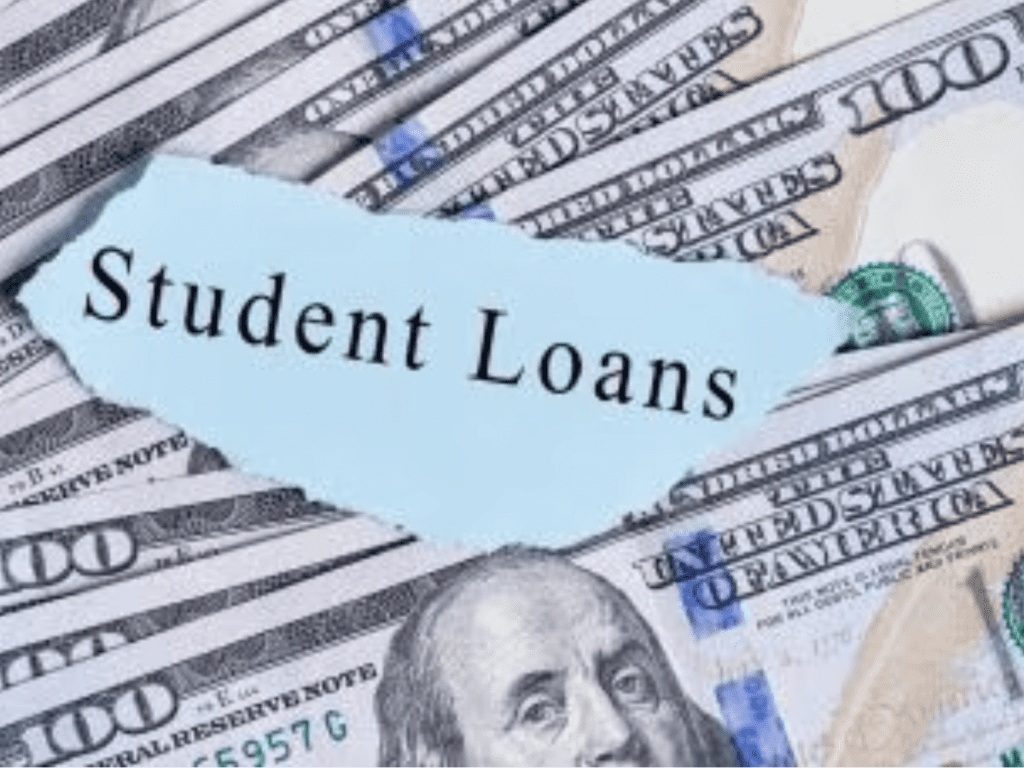Introduction
Student loans are often an unavoidable part of pursuing higher education in today’s world. For many, these loans are the key to unlocking future opportunities. However, as much as they can be a stepping stone to personal and professional growth, they can also pose a significant financial burden. One of the most important aspects of student loans is the interest rate, a factor that can significantly affect the total amount you owe by the time you graduate and start repayment.
Understanding how student loan interest rates work and how they impact your overall debt is crucial to making informed financial decisions. In this article, we will break down the different types of student loan interest rates, how they are calculated, and the steps you can take to minimize the impact they have on your financial future.
What Are Student Loan Interest Rates?
Student loan interest rates are the rates at which lenders charge you to borrow money for your education. These rates are usually expressed as a percentage of the total loan amount. For example, if you borrow $10,000 at an interest rate of 5%, you will owe $500 in interest annually. Over time, this interest will accumulate, increasing the total debt you owe.
There are two main types of student loan interest rates: fixed and variable.
- Fixed Interest Rates: These rates stay the same throughout the life of the loan. This means that the amount of interest you pay on your loan will be predictable, making it easier to budget for monthly payments. Most federal student loans come with fixed interest rates.
- Variable Interest Rates: These rates can change over time, usually depending on market conditions. If interest rates rise, so will your monthly payments. Conversely, if rates drop, you could pay less in interest. Private student loans often come with variable interest rates.
How Interest Rates Affect Your Total Debt
The interest rate on your student loan has a direct impact on how much you will owe by the time the loan is paid off. The higher the interest rate, the more interest you will accumulate over the life of the loan. This can increase your total debt significantly.
For example, let’s say you take out a $20,000 loan with a 5% interest rate and a 10-year repayment term. If the interest rate were fixed, you would pay a total of approximately $25,000 over the course of the loan. However, if your interest rate were 8%, you would end up paying closer to $30,000 by the time the loan is fully repaid. That’s an additional $5,000 simply due to the higher interest rate.
Over time, the effects of interest accumulation can become even more pronounced. Because interest is compounded, it is calculated not only on the original loan amount but also on the interest that has been added. This means that the longer you take to pay off your loan, the more interest you will pay overall.
For students who graduate with significant loan amounts, even a small difference in the interest rate can make a big difference in the total amount owed. For example, if you have $100,000 in student loans with a 4% interest rate, you will pay a total of about $121,000 over the life of the loan. But if that interest rate increases to 6%, you will pay over $130,000, which can add thousands of dollars to your financial burden.
How Student Loan Interest Rates Are Determined
In the United States, federal student loan interest rates are set by Congress and are usually fixed for the entire term of the loan. The rates are based on the 10-year Treasury note, with an added percentage determined by the type of loan you are taking out. These rates are usually set once a year, with new loans issued in the summer following the passing of a law that sets the rates.
Private lenders, on the other hand, use a variety of factors to determine interest rates. These can include your credit score, income level, the type of loan, and the term length. If you have a strong credit history and a steady income, you may qualify for a lower interest rate on a private student loan. However, if you are a borrower with little or no credit history, you may be charged a higher interest rate.
What You Can Do About High Interest Rates
While you can’t always control the interest rates on your loans, there are several strategies you can use to manage them and reduce the total debt you owe over time.
1. Consider Refinancing Your Loans
Refinancing is the process of consolidating one or more loans into a new loan with a different interest rate. If you have a good credit score and stable financial standing, you may be able to refinance your student loans at a lower interest rate. This can reduce your monthly payments and save you money over the life of the loan.
Refinancing allows you to consolidate federal or private loans into one loan, but it’s important to understand that refinancing federal loans into a private loan means giving up federal protections, such as income-driven repayment plans, loan forgiveness, and deferment or forbearance options.
Refinancing is best for borrowers who have strong credit, a reliable income, and who do not anticipate needing federal student loan protections.
2. Pay More Than the Minimum Payment
Making only the minimum payment on your student loan will result in the payment of a larger amount of interest over time. By paying more than the minimum payment, you can reduce the overall interest you owe. Even if you can only afford to pay a little extra each month, it will make a significant difference over the life of the loan.
For example, if your monthly payment is $400, and you increase it to $450, you will reduce the time it takes to pay off your loan, which will reduce the total amount of interest you pay.
3. Pay Off High-Interest Loans First
If you have multiple student loans with varying interest rates, it’s wise to focus on paying off the loan with the highest interest rate first. This is known as the debt avalanche method. By paying off the highest-interest loan first, you minimize the amount of interest you will pay overall. Once the high-interest loan is paid off, you can then focus on the next highest-interest loan, and so on.
4. Look Into Loan Forgiveness Programs
For federal student loan borrowers, there are several loan forgiveness programs that can help reduce the amount of debt you owe. These programs typically require you to work in certain public service fields or to make a set number of payments over a period of time.
One popular program is the Public Service Loan Forgiveness (PSLF) program, which forgives the remaining balance of your loan after you make 120 qualifying monthly payments while working for a government or qualifying non-profit organization.
It’s important to carefully review the requirements for each forgiveness program and determine if you qualify. Some programs may require specific types of loans or employment, so it’s essential to stay informed.
5. Take Advantage of Income-Driven Repayment Plans
Income-driven repayment plans are designed to make your monthly payments more manageable by adjusting them based on your income. If you are experiencing financial hardship, these plans can provide relief by reducing your monthly payment to a percentage of your discretionary income.
There are several types of income-driven repayment plans, including Income-Based Repayment (IBR), Pay As You Earn (PAYE), and Revised Pay As You Earn (REPAYE). These plans typically extend your repayment period, which can increase the total interest you pay over time, but they can offer significant relief if your monthly payment is unaffordable under the standard repayment plan.
6. Make Payments While in School
While many student loans allow you to defer payments until after you graduate, making interest payments while you are still in school can prevent your loan balance from growing. This is especially important for unsubsidized loans, which accrue interest while you are in school.
Even if you can only afford to make small payments, paying down interest while you are in school can save you a significant amount of money in the long run.
7. Stay Informed About Federal Loan Rate Changes
Federal student loan interest rates are set each year, so it’s important to stay updated on changes to federal loan rates. If you are considering borrowing additional federal loans, understanding how rates are set and when they change can help you time your borrowing more effectively.
Additionally, there may be opportunities for you to take advantage of lower interest rates if you are able to consolidate loans or switch repayment plans after graduation.
Conclusion
Student loans can be a powerful tool for financing your education, but they come with the burden of interest rates that can significantly increase your total debt. By understanding how interest rates are calculated and taking steps to manage them, you can reduce the overall cost of your loans and achieve financial stability more quickly.
Refinancing, making extra payments, paying off high-interest loans first, and exploring loan forgiveness programs are all effective strategies for managing your student loan debt. By staying informed and proactive, you can navigate the complexities of student loan interest rates and take control of your financial future.

